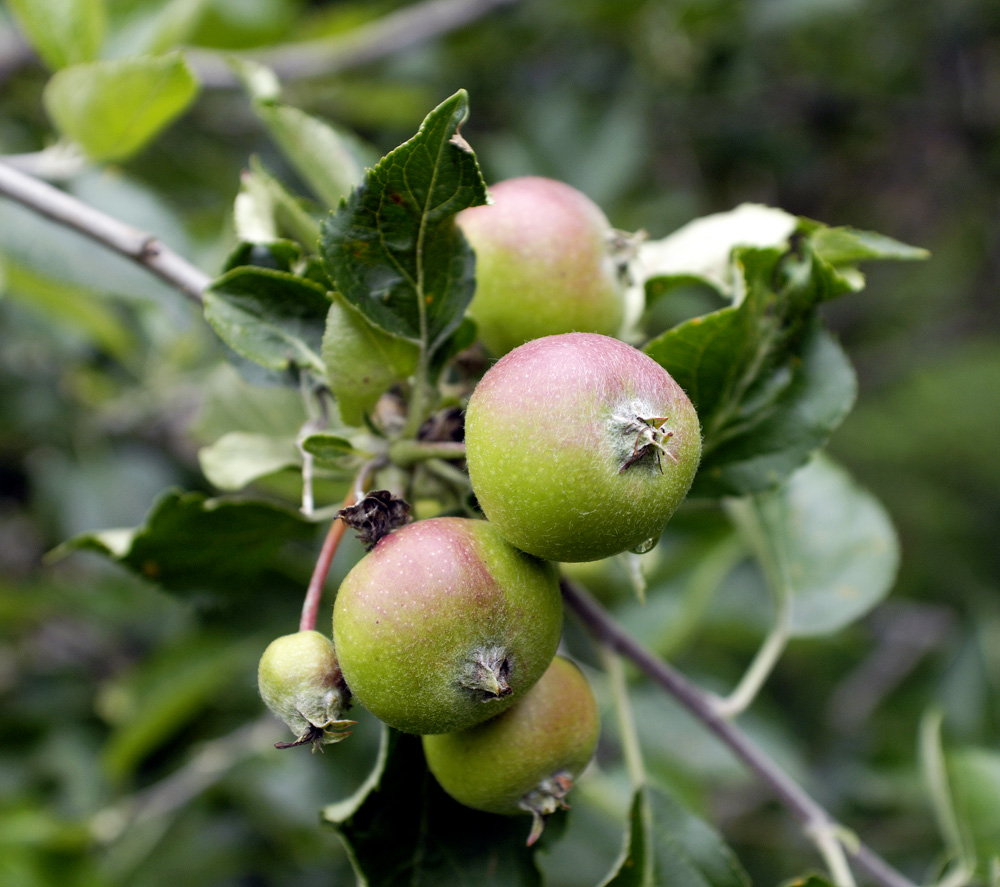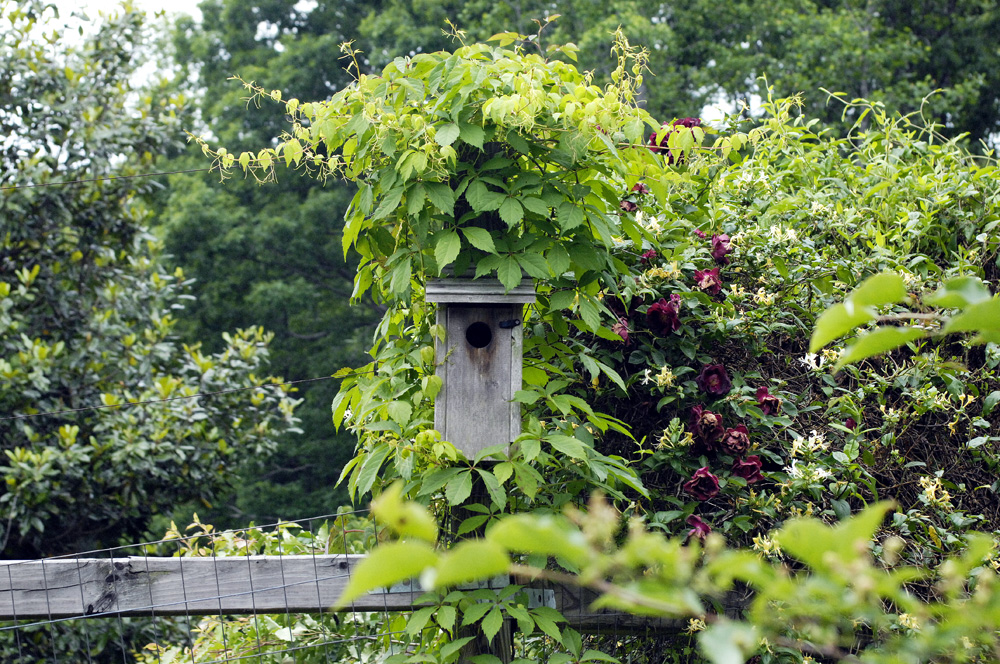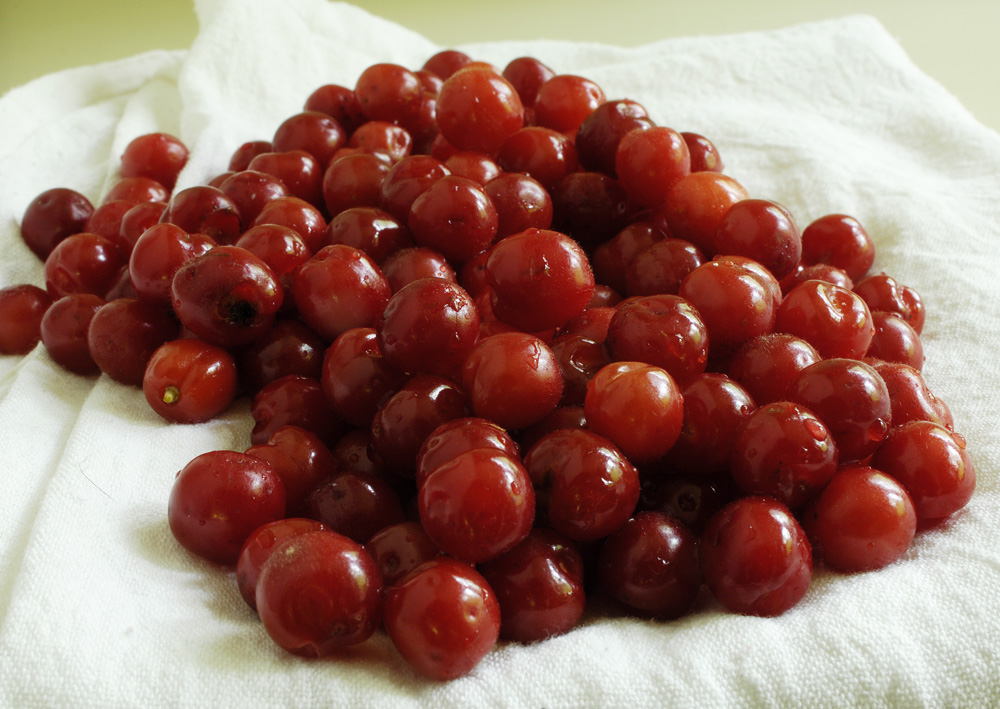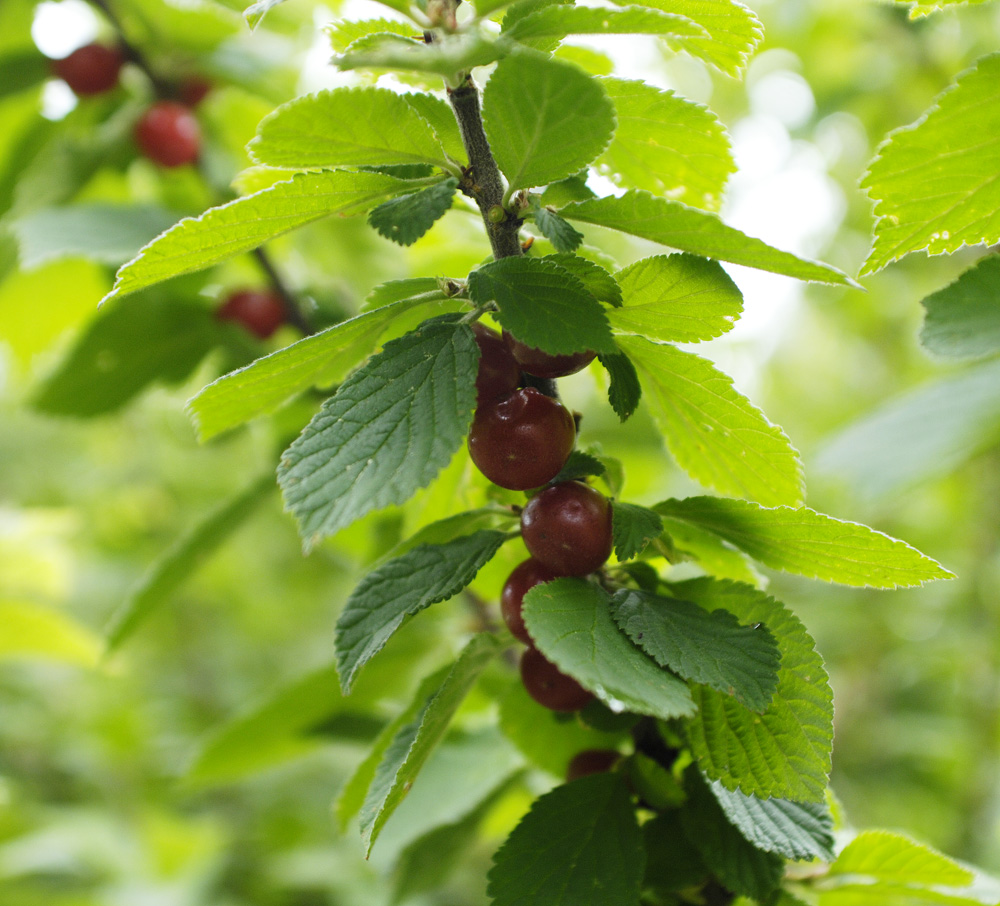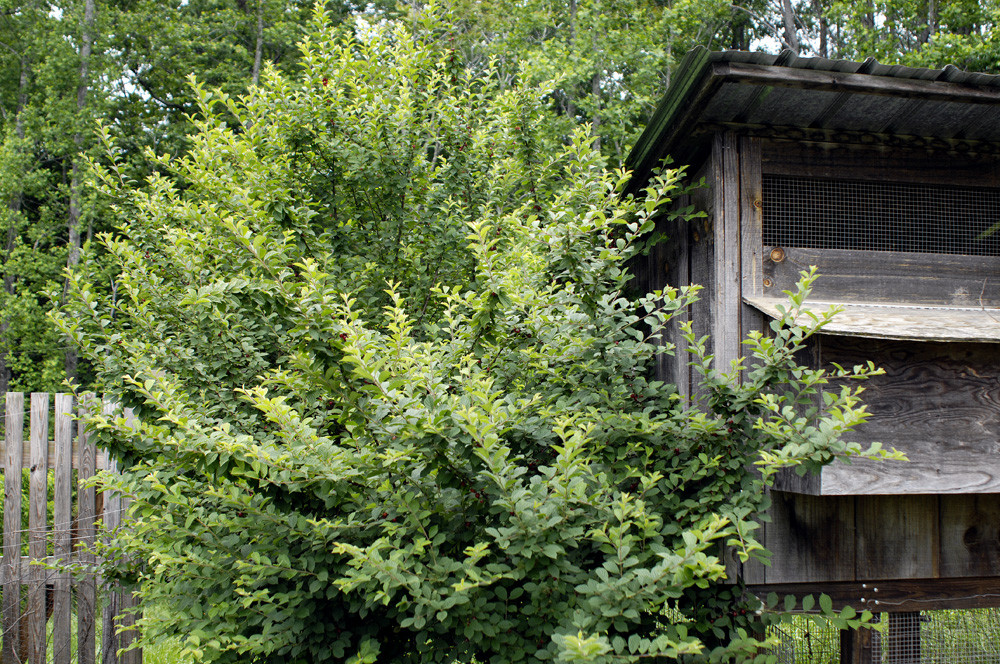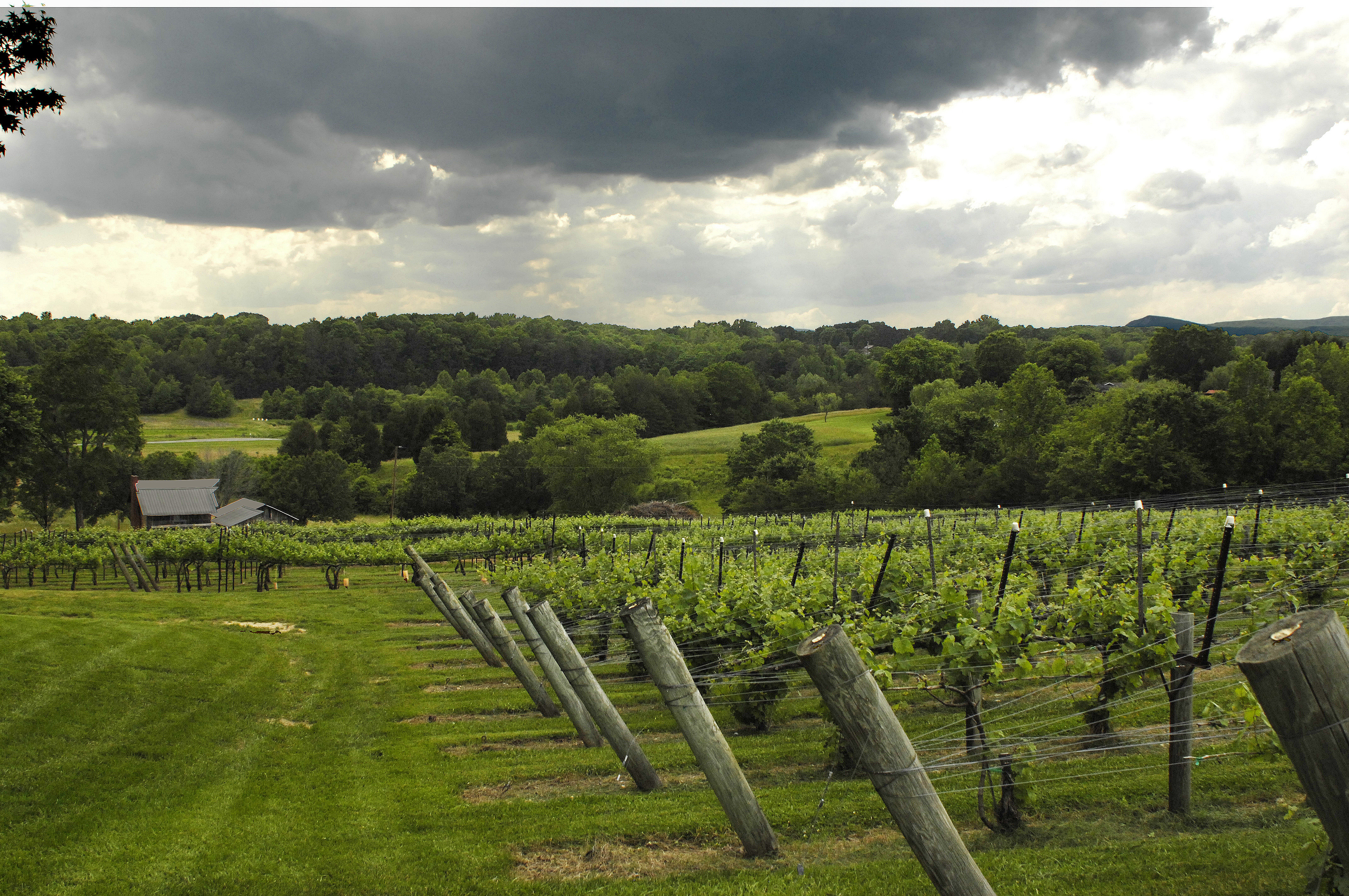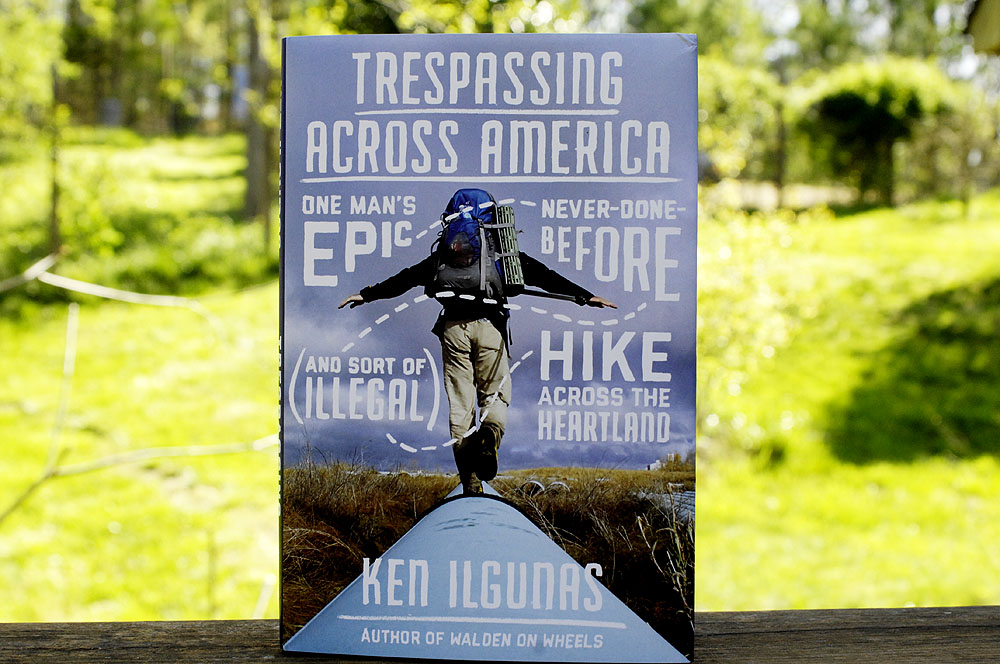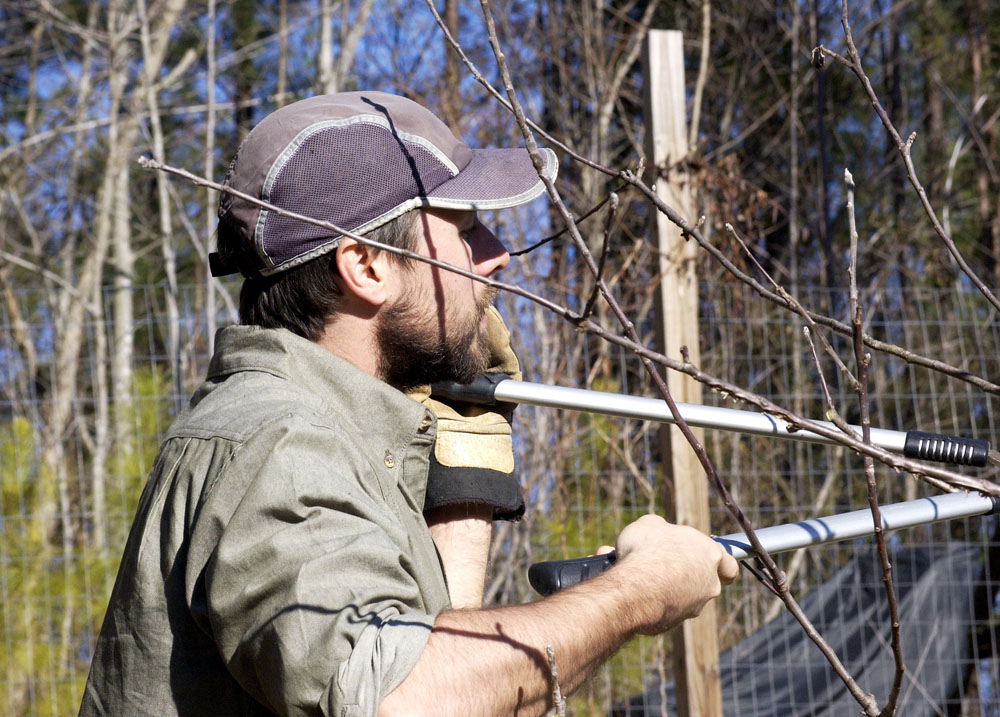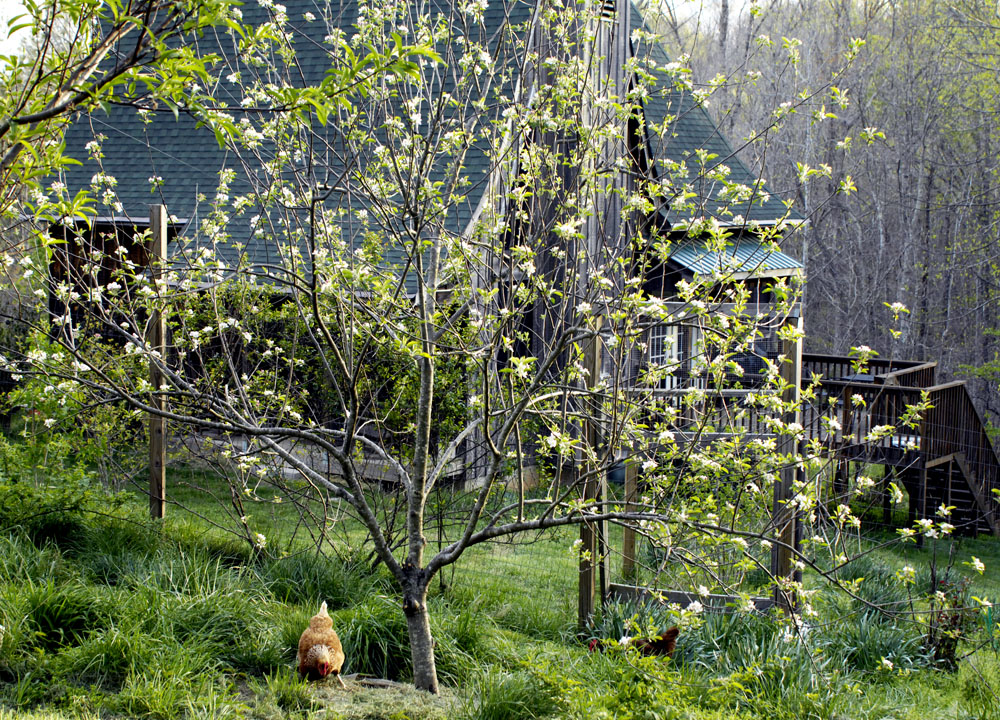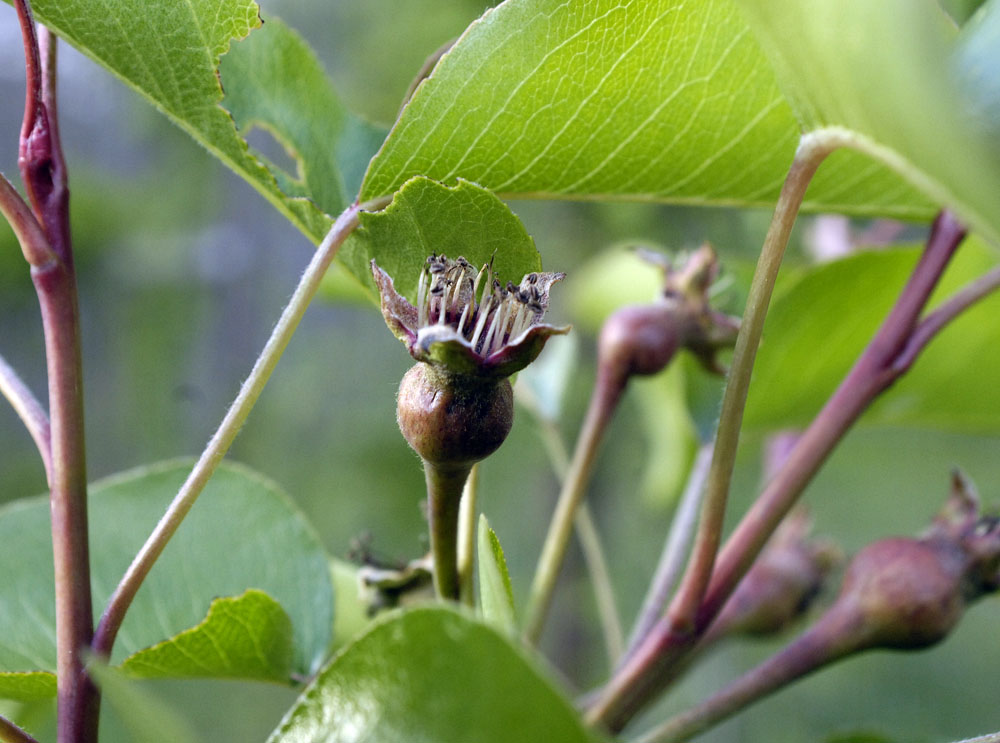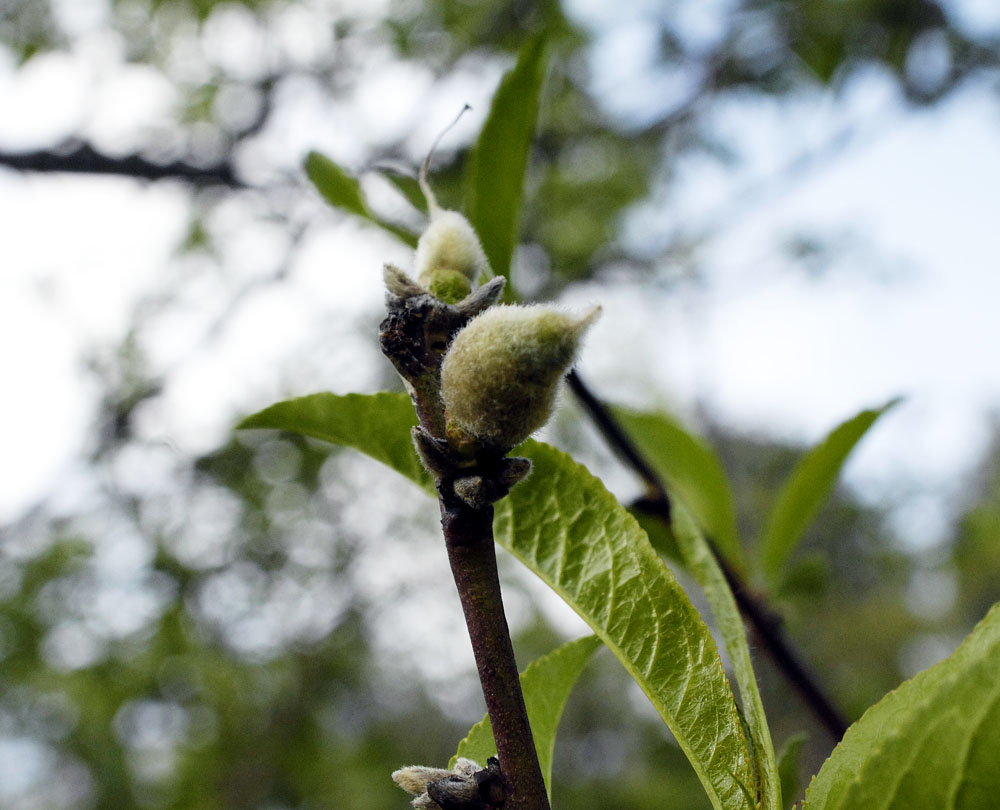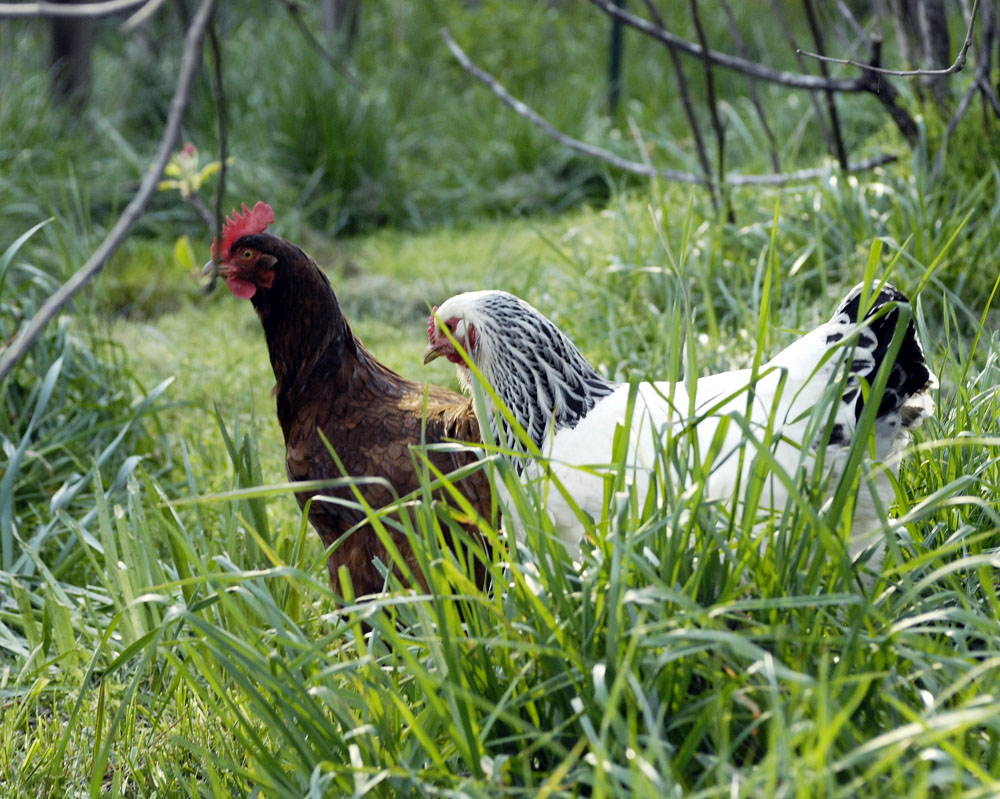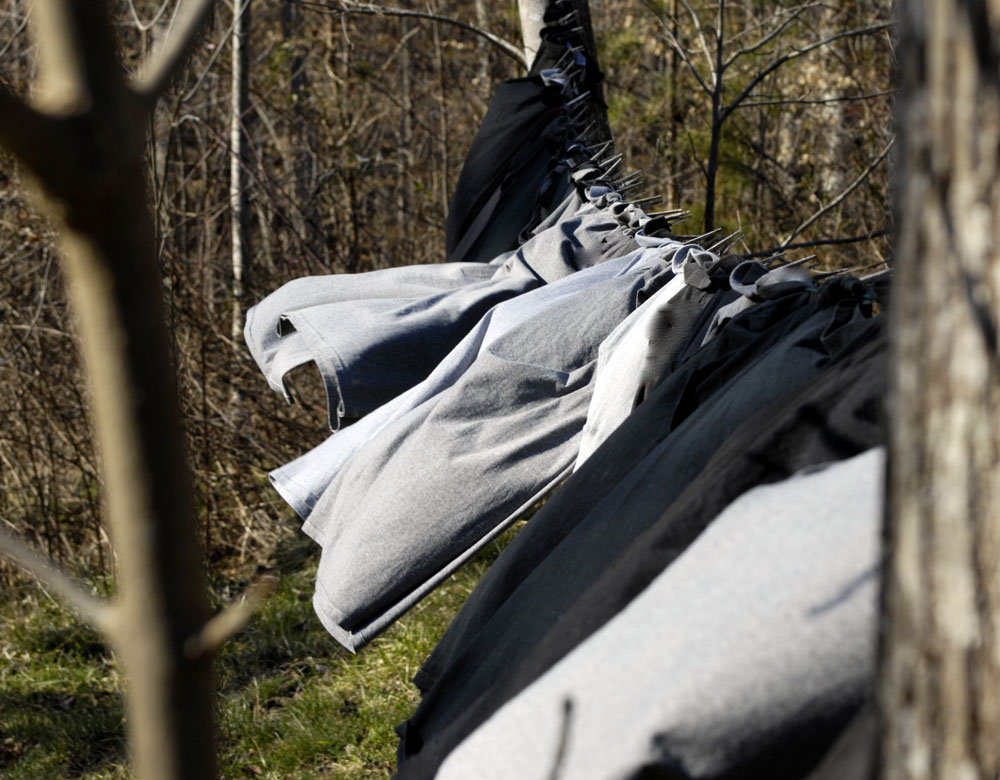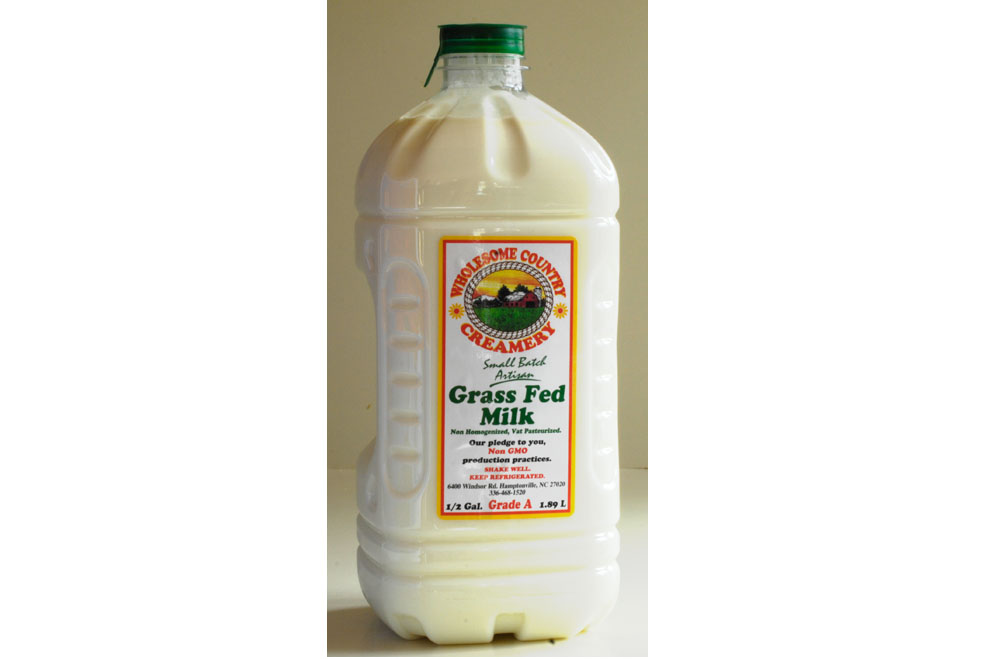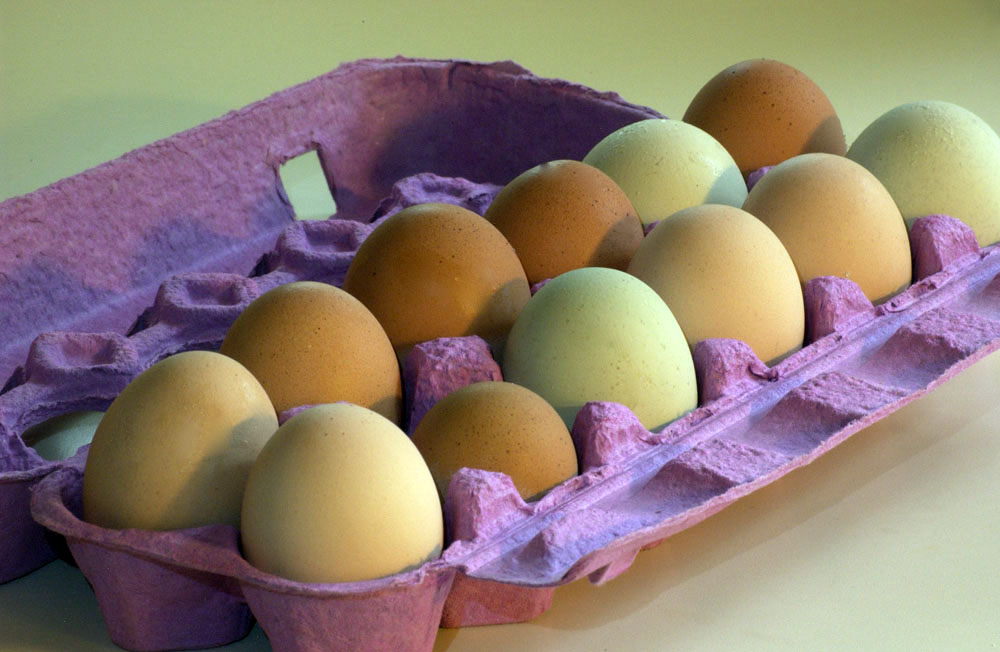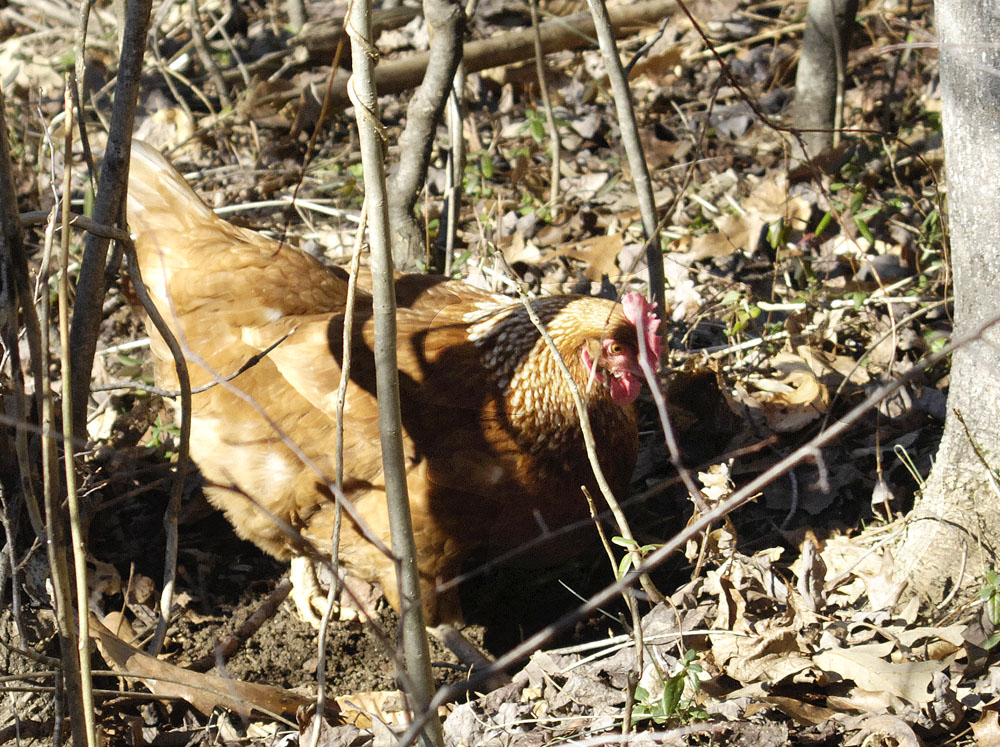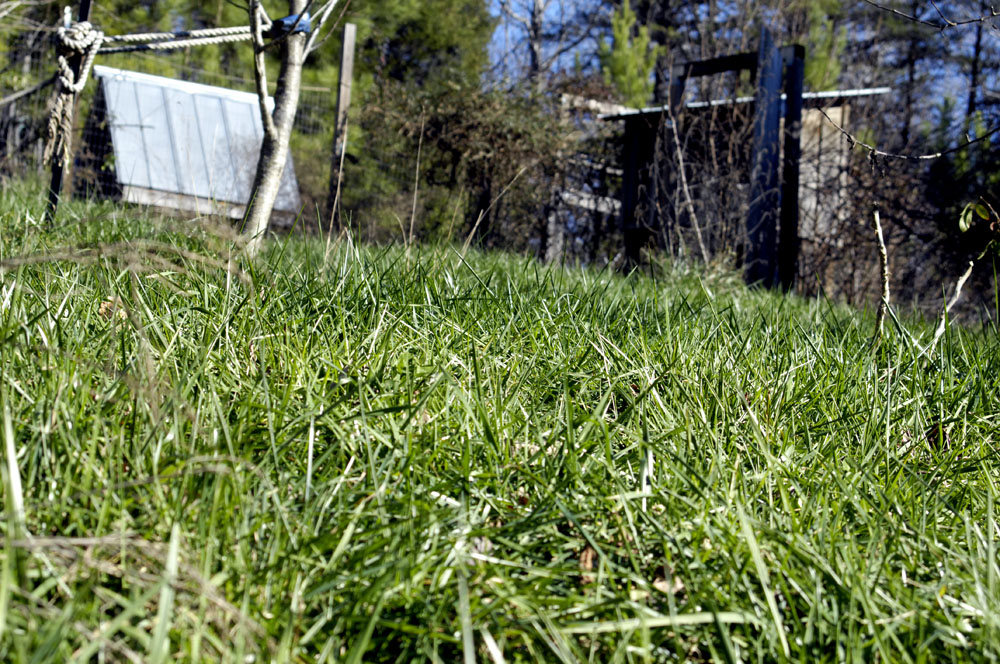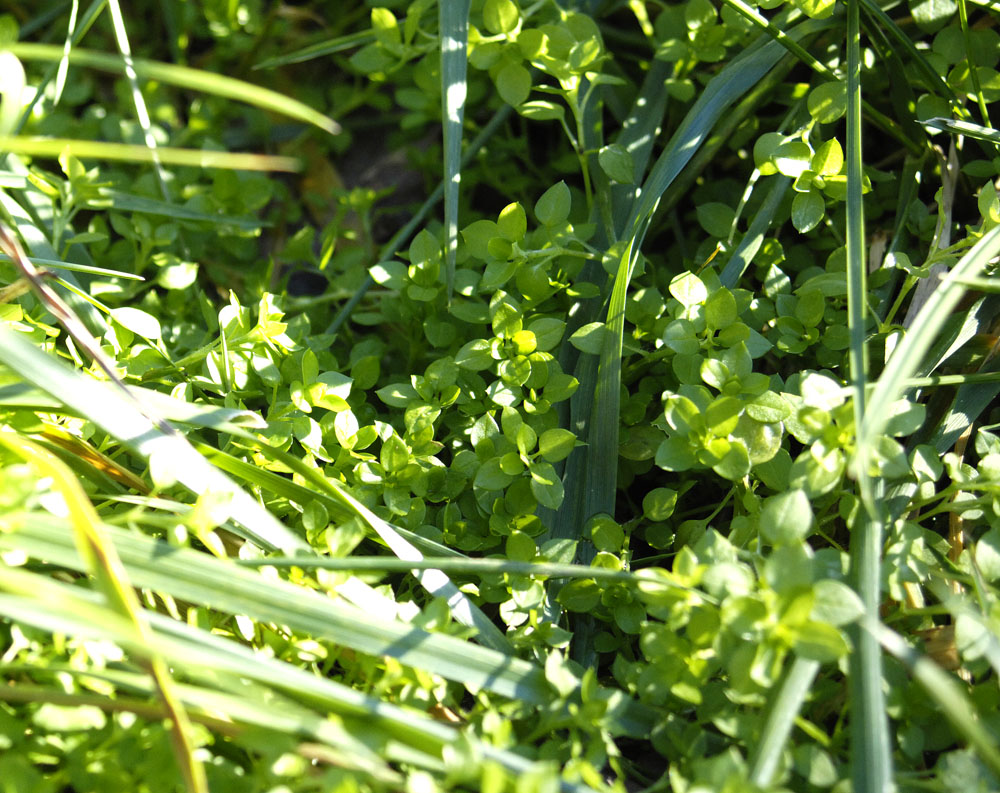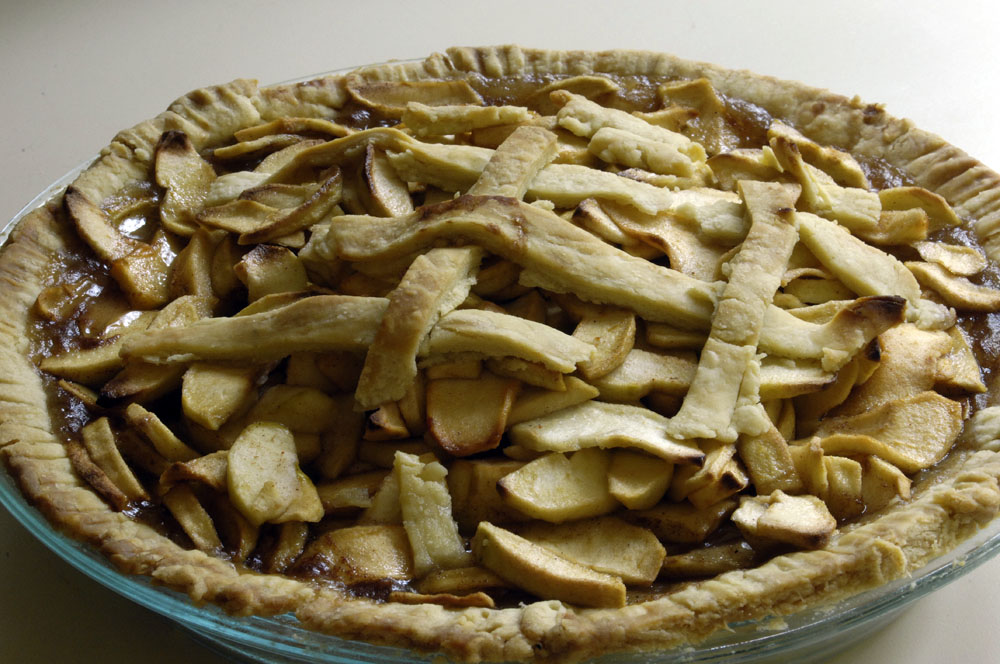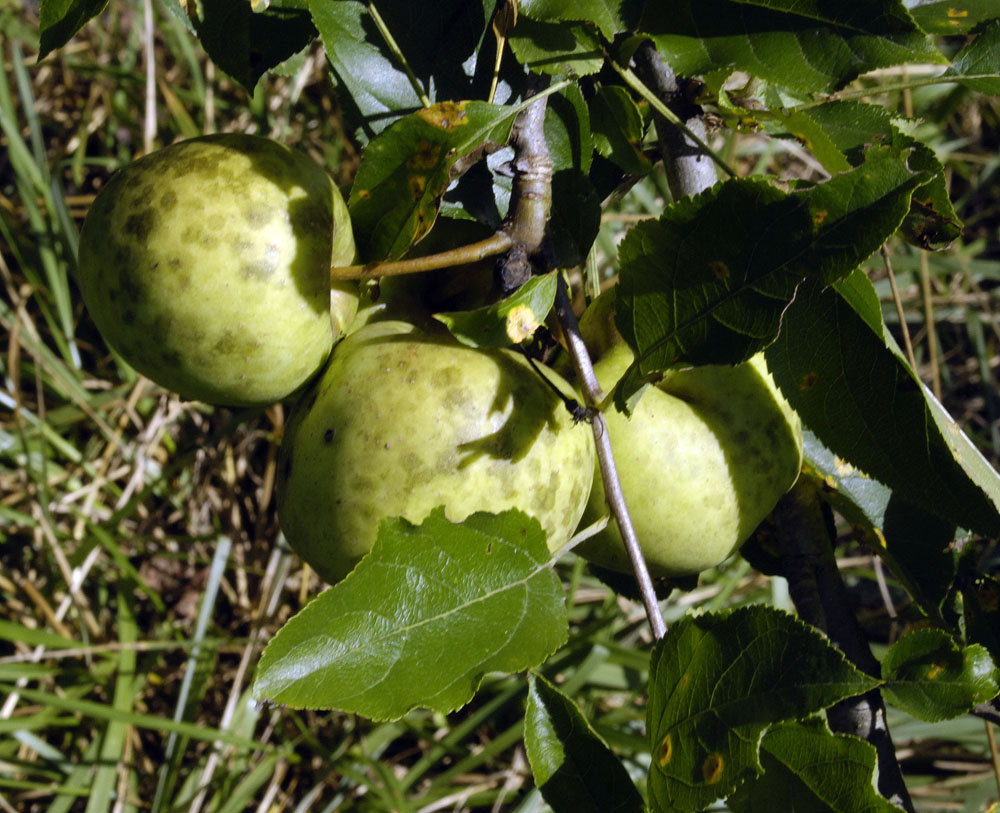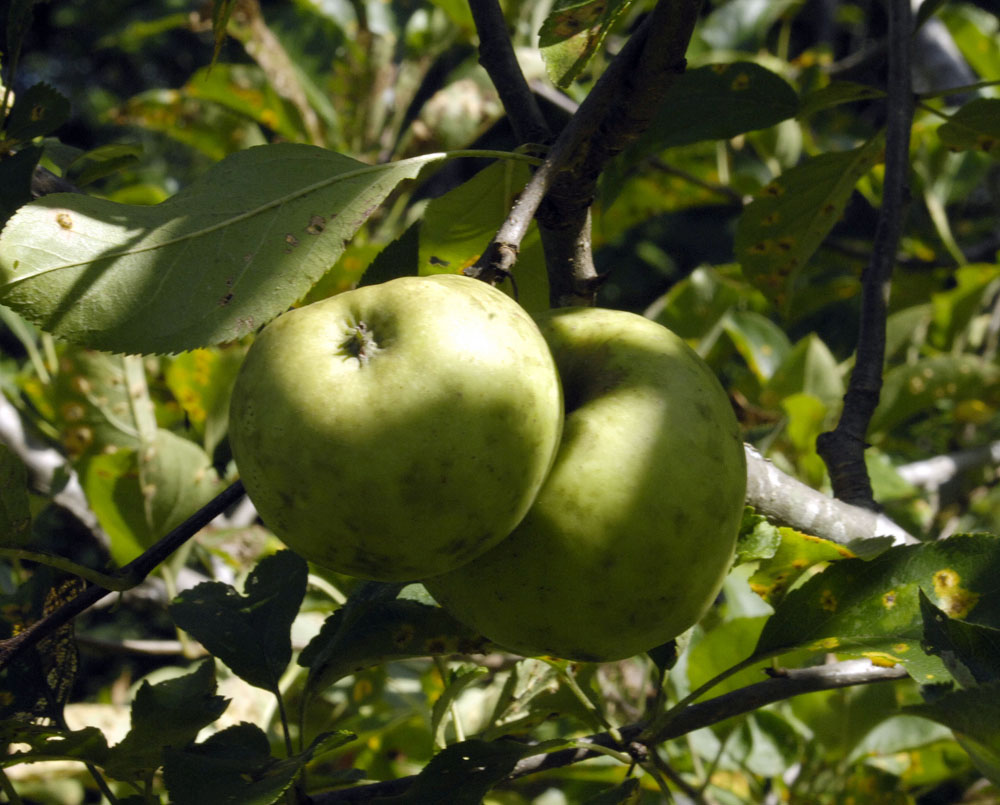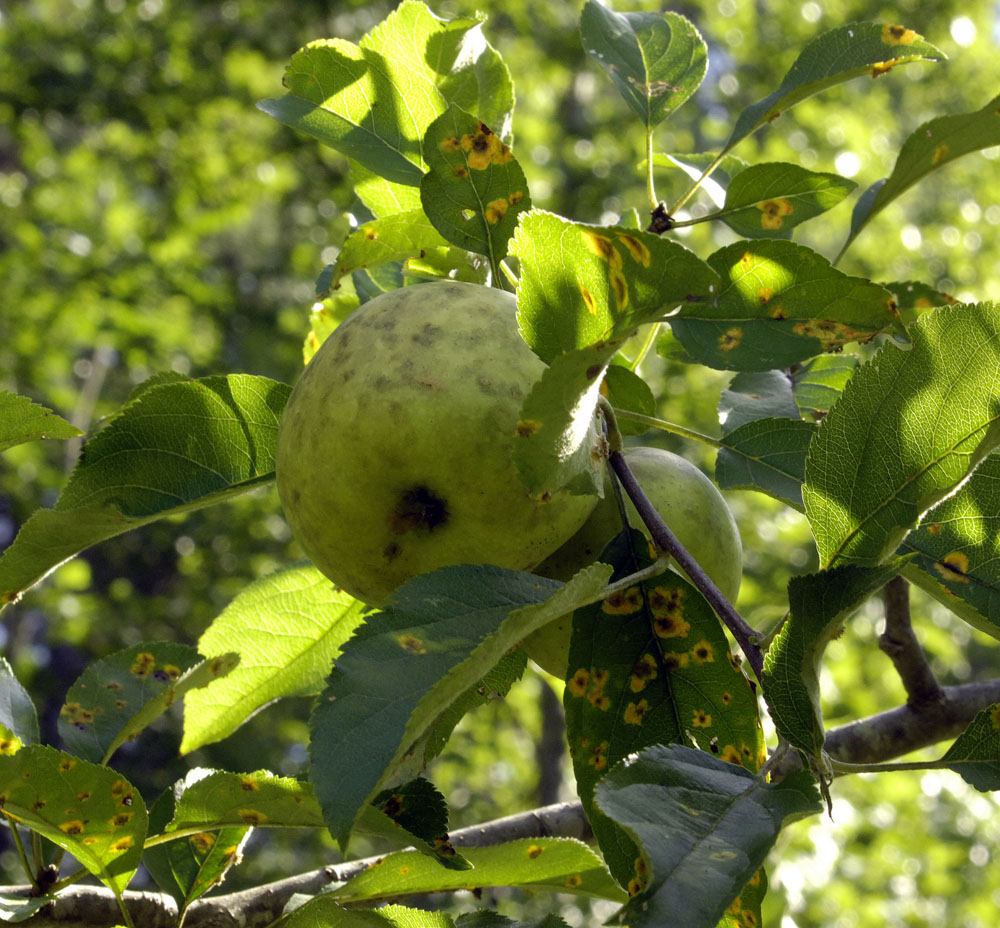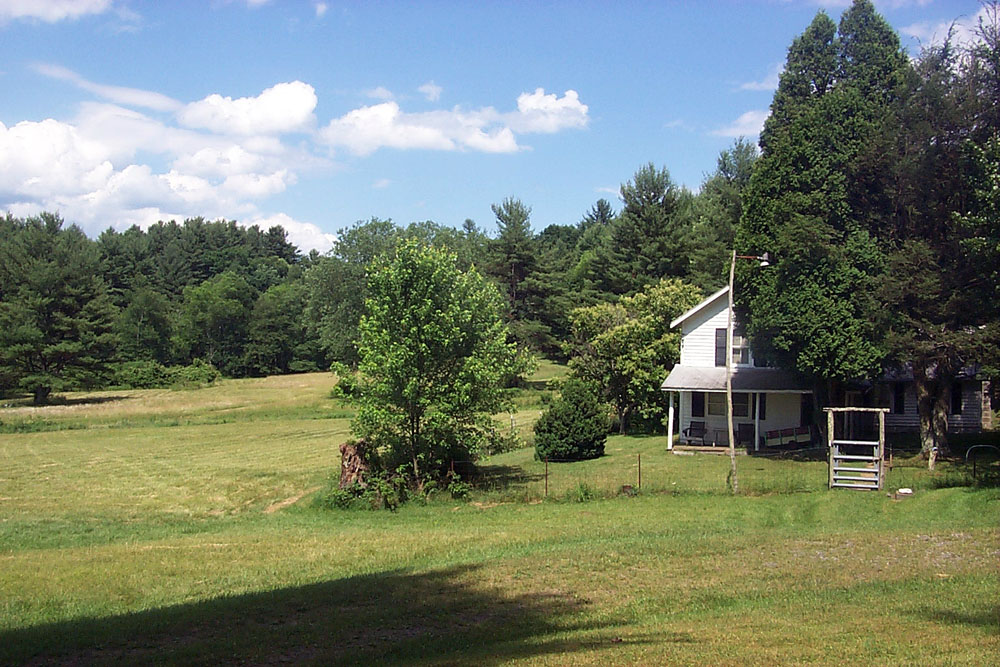
This is the farm of my great uncle Barney Dalton in Laurel Fork, Virginia. Barney was born in 1876 and died in 1972, but his farm is still owned by his heirs, who work hard to keep it looking like it looked 75 years ago.
A story in this morning’s Winston-Salem Journal (by my friend Meghann Evans) reports that Forsyth County, North Carolina, is working on a plan to preserve farmland. I’m all for it, though for Forsyth County it would seem that the plan is a little late. Though Winston-Salem and Forsyth County have not grown as fast as Raleigh and Charlotte, developers have been buying up farmland and turning it into suburbs for decades. It has been more than 25 years since I lived in Forsyth County, but decades of uncontrolled suburbanization is one reason why I would never be able to live in such a place anymore.
Meghann’s story about Forsyth County got me wondering about the trends in farmland.
Just a couple of weeks ago, actually, I was at a Stokes County Arts Council event and saw a friend who is co-owner of Stokes County’s largest real estate company. “How’s business?” I asked her. “Have property values gotten back up to the pre-crash peak?”
She said that farms are selling very well but that homes are still a bit of a drag.
I’m going to guess that one of the reasons that Forsyth County can even afford to talk about preserving farmland is that farmland is more valuable than it used to be. Developers can no longer buy up farmland dirt cheap and turn it into suburban gold. Driving through a place like Forsyth County, evidence of this change is easy to see. Suburban housing is still being built, but the housing is much more dense than it used to be. That is, new suburbs don’t sprawl as much as they used to because the land is not as cheap. Houses are much closer together. Much of the new housing consists of multi-story, multi-family units.
Worldwide, farmland is increasingly seen as a good longterm investment. Much of the investment in farmland is coming from corporations. In fact, here in Stokes County, one of the biggest land transactions in the past couple of years involved 1,000 acres of farmland in the Dan River bottomlands. The buyer was a corporate outfit from Greensboro. I still don’t know what they plan to do with the land.
One surprising new trend is that agricultural degrees are in great demand, and there aren’t enough graduates to fill the available jobs. Just this year, the U.S. Department of Agriculture reported that 60,000 high-skilled jobs in agriculture are expected each year but that there are only about 35,000 graduates available to fill the jobs.
In a news release earlier this year, Agriculture Secretary Tom Vilsack said, “There is incredible opportunity for highly-skilled jobs in agriculture. Those receiving degrees can expect to have ample career opportunities. Not only will they be likely to get well-paying jobs upon graduation, they will also have the satisfaction of working in a field that addresses some of the world’s most pressing challenges. These jobs will only become more important as we continue to develop solutions to feed more than 9 billion people by 2050.”
Though the corporatization of farmland ownership is disturbing, I nevertheless see it as an encouraging trend that farmland is becoming too valuable to be trashed by housing developers out to make a quick buck. For a young person trying to figure out what to do in college these days, I’d suggest horticulture with a minor in English. Wouldn’t that improve the world?
Lily (the abbey cat) gets nervous if her food bowl gets low and she can see the bottom of the bowl. She nags me until I fill it, and then she feels secure again. I feel the same way when I’m in places that are too densely populated, too dry, or otherwise too dead to support an exuberant population of living things. I need trees, rain, streams, good dirt, my own water from a well, an orchard, a garden spot, and some chickens. If the deer, voles, raccoons, possums, rabbits and even snakes rush in to live off my spot of land, then I’m flattered. At least I’ve got something for them to take.
Normally I’m at odds with trends. But the trend toward valuing and wanting to be near farmland is a trend I’m glad to see.
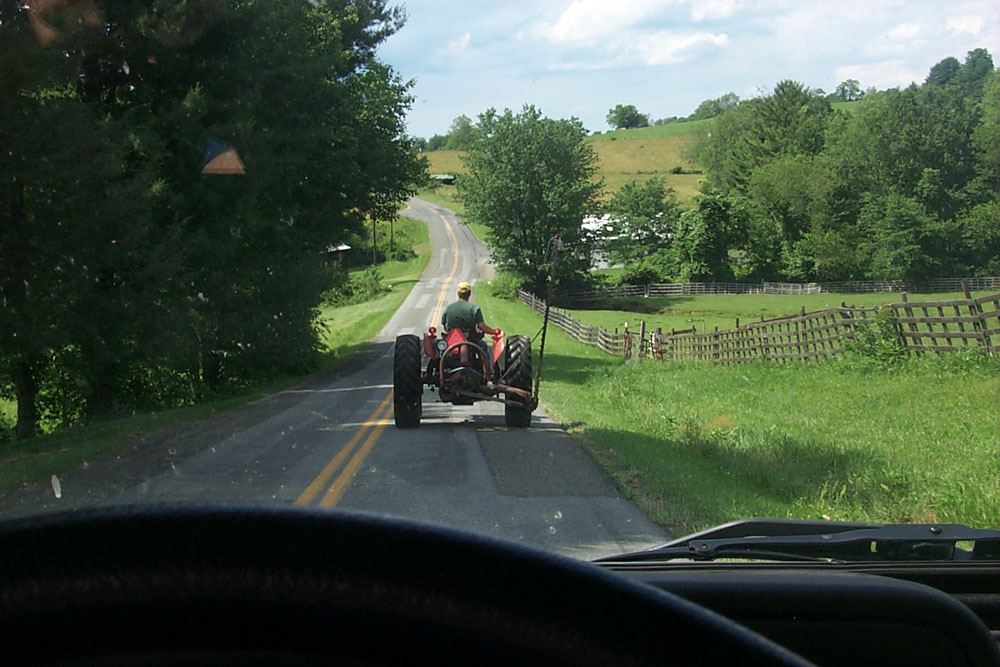
Nearby farmland
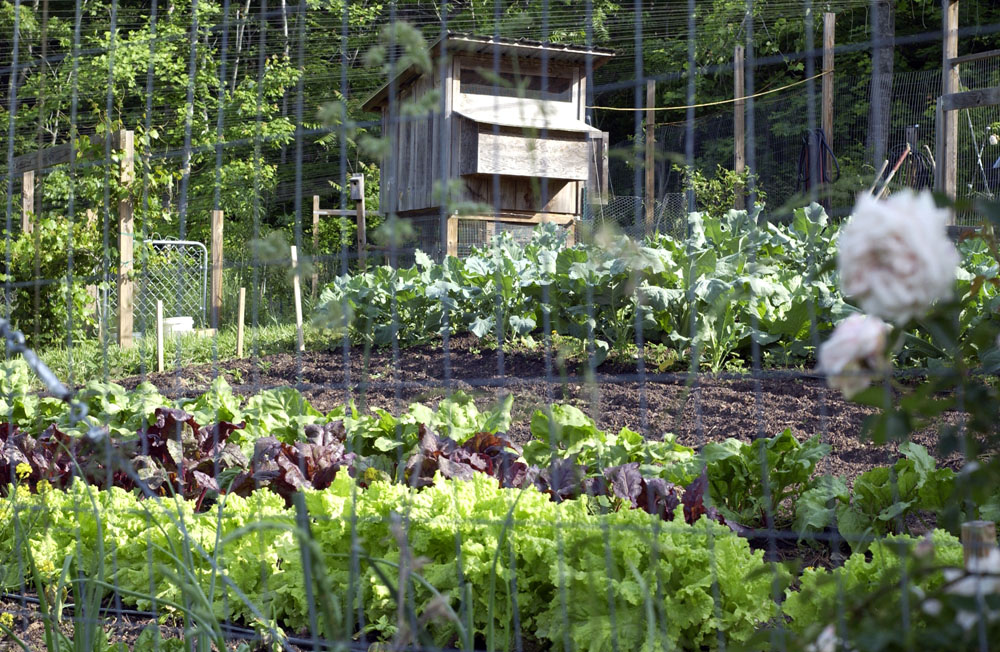
The abbey garden in a good year
